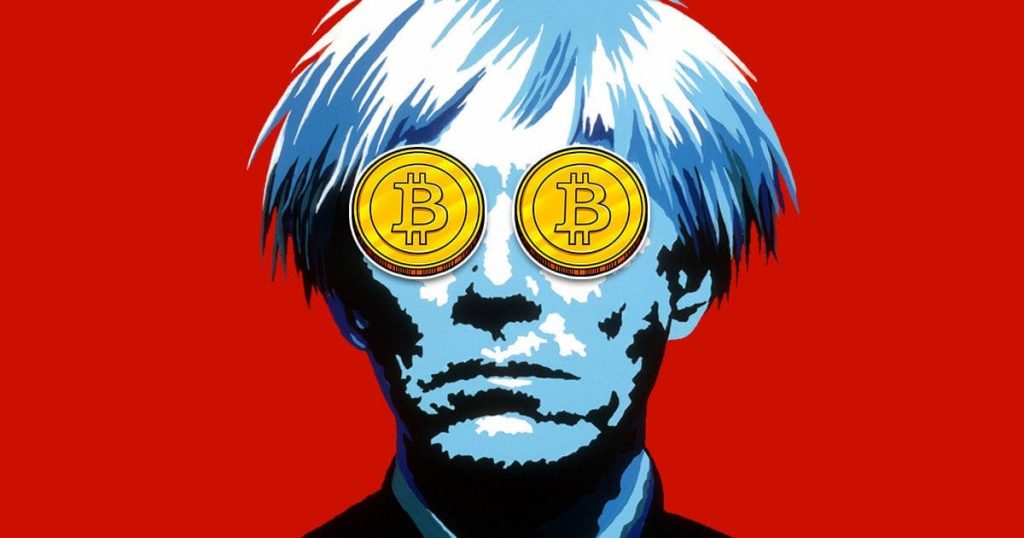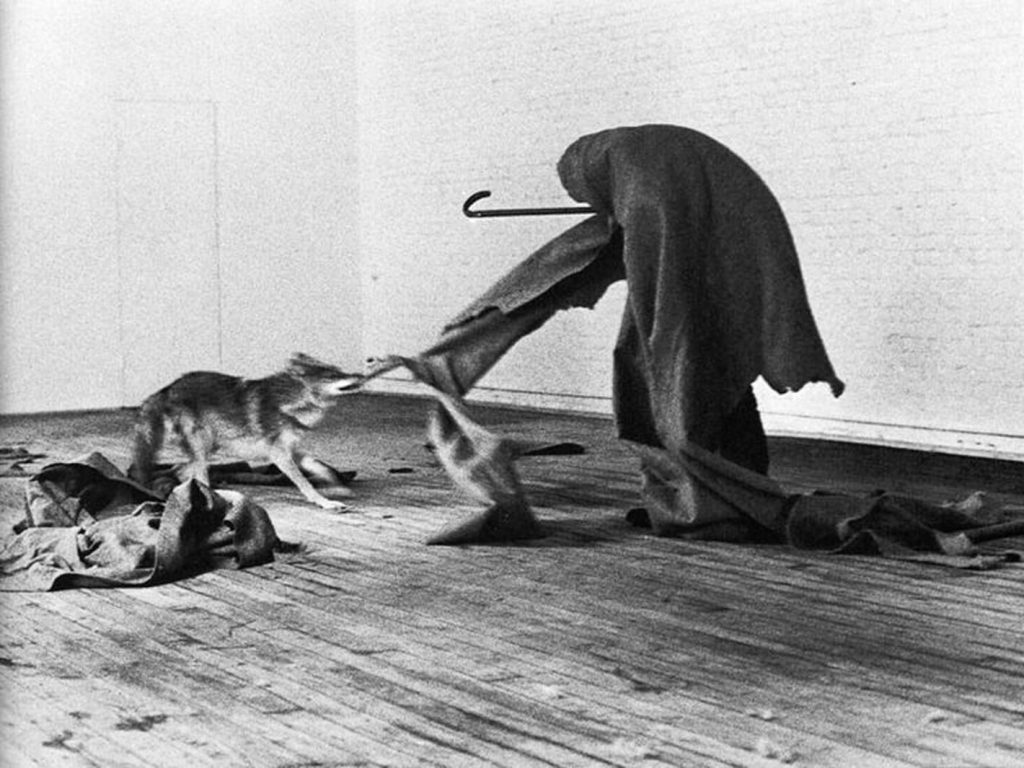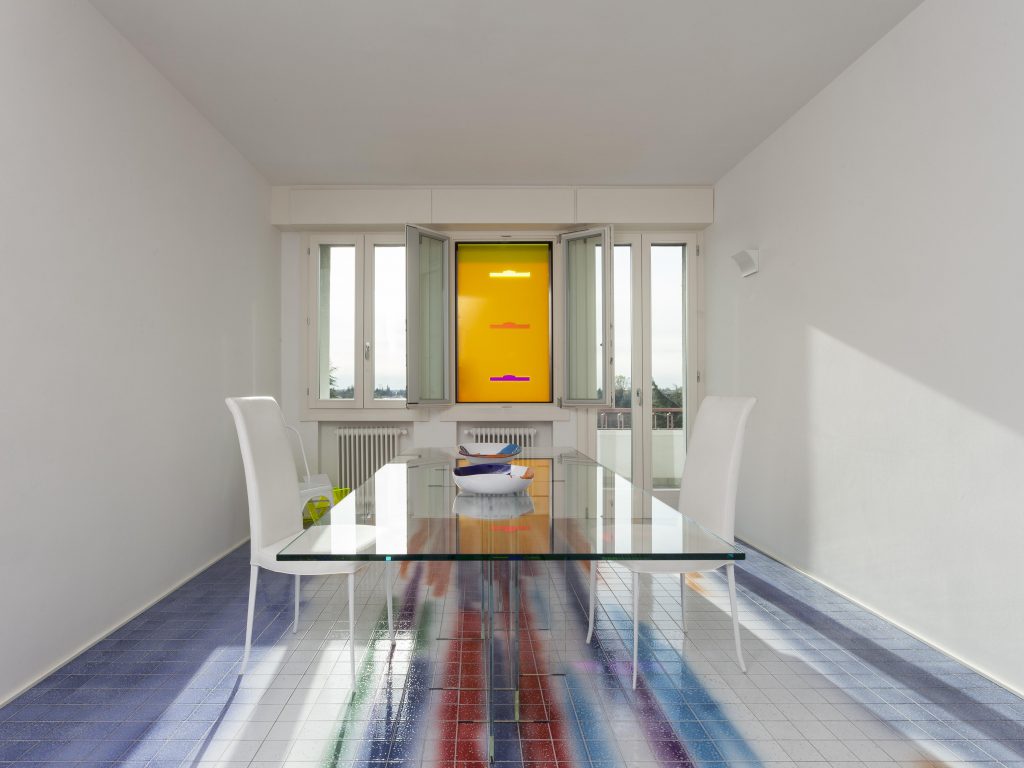<<Surely this sale will mark the beginning of a new chapter in the history of art, that of Digital Art>> the artist Beeple (Mike Winkleman) spoke in this way, quite prophetic, after having witnessed the selling of “his” Everydays: the first 5000 days by the British auction house Christie’s on the 11th of March 2021. On that occasion, it was not the art work itself that animated the public debate (at first glance a pile of pixels, that only after a careful reading turns out to be formed by five thousand small digital works), but rather the monetary amount of the sale (over 69 million dollars in cryptocurrency) and, moreover, the primary role of NFTs in the transaction. But what is an NFT?

Literally “Non-Fungible Token”, the NFT is a digital piece of information that, associating itself with a specific file, it grants its individuality, making it unique, similarly to the material signature of a painter on one of his canvases: modifying the tacit existing laws, NFTs establish the concept of uniqueness in the digital world, which has always been characterized by the concept of infinite reproducibility of the files. Therefore, it was not the artwork itself to be concretely sold at the event organized by Christie’s, but rather its certification of authenticity, the “digital signature”: for nearly 70 million dollars, the buyer purchased the property of the file, without being able to totally control its use within the informatic community, given the impossibility to placate the its unlimited sharing by other computer users. So, it’s possible to consider NFTs as an effective response to magnates’ greed of possession, who thus obtain the possibility to celebrate their wealth thanks to an incorporeal file, which in fact becomes a social status index.
Although the use of NFTs is also applied to documents such as videos, gifs and tweets written by celebrities, there is no doubt that their introduction into field of creative arts has generated revolutionary mutations, significantly contributing to the development of Crypto-Art. Today, this tendency (where it’s possible to insert Beeple’s work) today proves to be the end point of the constant parallelism between technology and art: investigating the codes of their time, crypto-artists realize intangible objects, without paying attention to the reluctance of critics to categorize them as art works due to their incorporeal attributes.
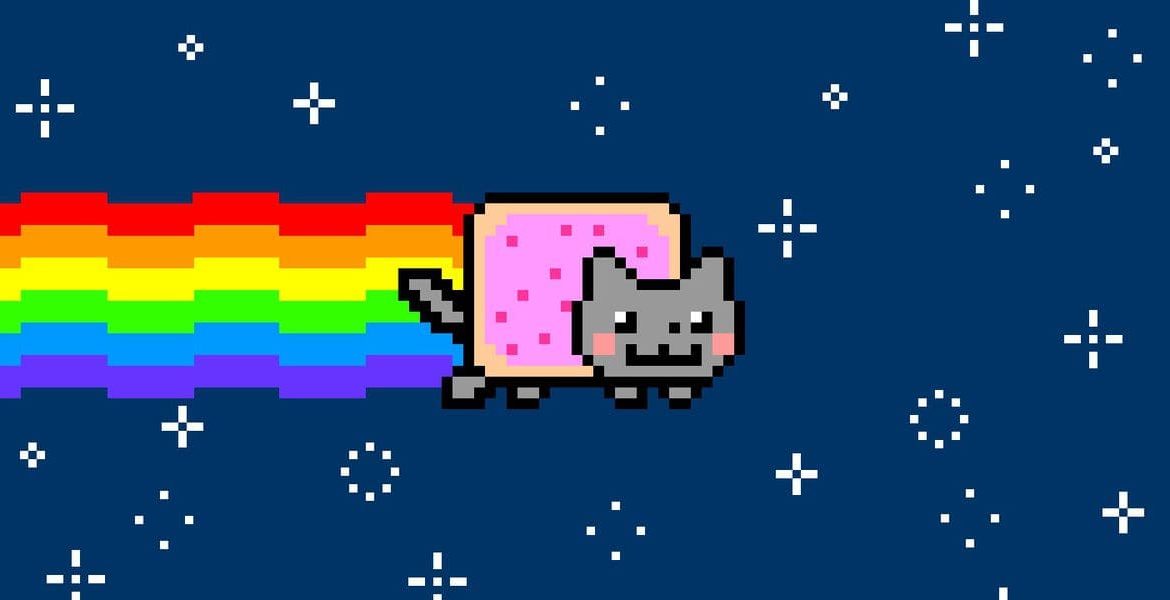
Although there is no doubt that these objects don’t exist in the concrete world, it’s also out of question that they exist within a reality that is becoming increasingly important: the digital world. Tangible attributes are missing in these works, but they remain a representation done with an innovative style that allows the works to distance themselves from an archaic contemporary scene, which considered lacking in renovating its themes.
The creation of original art works, combined with the possibility of making them formally unique by means of the NFTs, has encouraged many gallery owners and curators to focus on the possibilities offered by the new type of art, especially after the Covid-19 pandemic has significantly reduced travels and has prevented the physical fruition of shows. Following these circumstances, the exhibition “Travel Diary” was born, a collective of eight young Italian artists curated by Sonia Belfiore in association with Snark.Art. This exhibition is located entirely online, on the platform Decentraland, a virtual world where you can move through space thanks to your avatar (a digital substitute of your person) in order to enjoy the experience of a real exhibition, in a context that is similar to a videogame.
By choosing “travel” as main theme, the curator and the artists try to satisfy the public’s need for detachment from the daily routine, that can’t be physically fulfilled: <<In a present characterized by the impossibility to satisfy our need and desire to travel, Travel Diary offers a possibility of escape and exploration, an invitation to discover the unknown>> this is what’s written in the presentation of the exhibition, exploring a different way of travelling: not only formally, but also conceptually, declining it according to various meanings. Among the artists there are those, like Baratto and Mouravas, who choose a focus on abandoned and forgotten places combining history and mythology, alternating with personalities such as Manfrin and Furlan who decide to seek a contact with nature by transforming its elements; instead, Staccioli and Tagliavia decide to concentrate their attention on contemporaneity, the former exploring memories of past events hidden in the present, the latter re-reading our time in a satirical and ironic way; finally, Pizzolante chooses a more historical, typically Italian vision, a counterpart to Turuani and his search for a biting perspective in order to connote the present through disturbing and at the same time attractive atmospheres.
Therefore, the ultimate goal of the exhibition is to allow us travel in the new spaces produced by contemporaneity, using the work of young artists who have found a concrete opportunity to emerge in the NFT and digital world, considering the forced closure of traditional places: the user can buy the NFT of an art work in the exhibition, and thereby economically support the author.
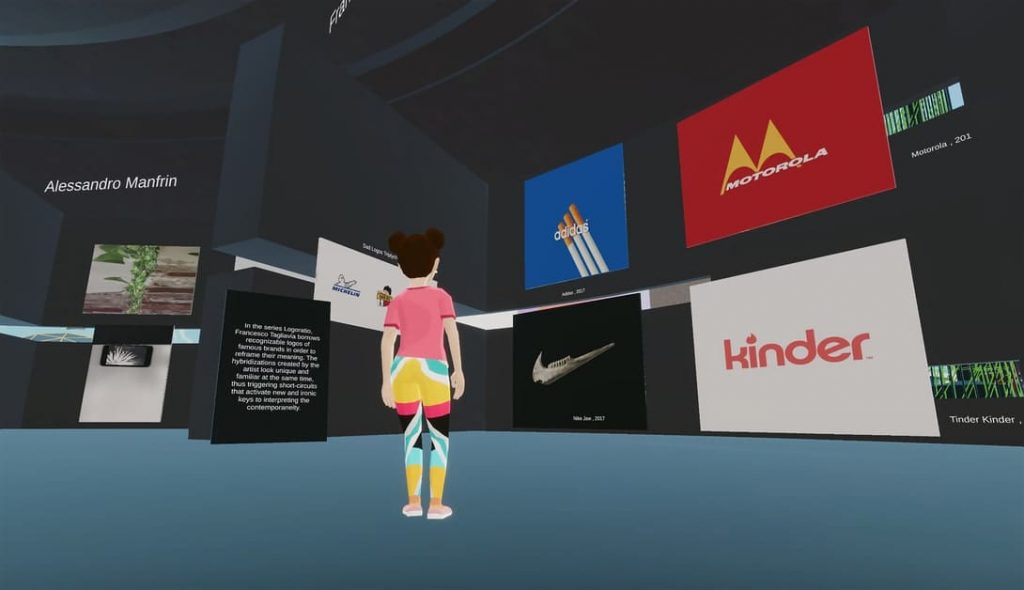
Although we don’t know wether NFTs are a financial bubble, the example of Travel Diary is symptomatic of the number of personalities in the art world that are focusing on them, with artists who find there the source of possible economic advantages. These particular tokens not only give to the author a 5% remuneration for each subsequent resale, rewarding creativity from below, but they also split the market, allowing access to a large number of buyers, because of both the exposure of works in mass digital platforms and the attractive methods of sale, such as drops (the insertion of a preview work, moved to the marketplace at a later time); besides, the blockchain associated to NFTs, a digital register that records transactions, permits to track their movements, increasing the security of the market.
However, there are a lot of grey areas surroundig such commercial operations: regardless of their environmental impact, caused by the substantial energy consumption required for their functioning and of the ambiguous positions of museum institutions, subjects that are now being further analyzed by more targeted researches, some personalities are not convinced of the goodness of this new mean. For example, Slavoj Zizek, a famous philosopher, argues that the same capitalist ideologies contained in concrete reality are hidden in the NFTs, but even more ambiguous and destructive, with the risk of amplifying the already existing gap between rich and poor people. Besides, we must remember that, as abstract as it may be, the digital market maintains close contact with the human reality by which it’s produced: at first it would be possible for the artist to obtain high incomes, but with the increase of those who believe in the potential of NFTs, a saturation of the market could become inevitable, relegating a significant number of them to invisibility.
The global pandemic of Covid-19 played a primary role in the development of this new technology, allowing phenomena such as the sale of Beeple’s work or totally digital exhibitions like Travel Diary, and it also created previously unthinkable opportunities, which will condition future innovations in the sector; however, we are very far from being able to associate the art market with a laic Paradise. Assuming that the NFTs are not a speculative bubble, over time perhaps the same implicit laws of the traditional market will reappear: on the one hand, many buyers will favor the search for artistic content, on the other, wealthy buyers will use their conspicuous assets in the purchase of inflated works, considered a status index. In both cases, the result could be the enrichment of few against the recession of many, similarly to what happens today: to solve a problem inherent in the world of art, such as the impossibility for many to live thanks to their works, a technological change, even if revolutionary, is not enough, but a demolition of the economic selfishness that is inborn in human behaviour.

